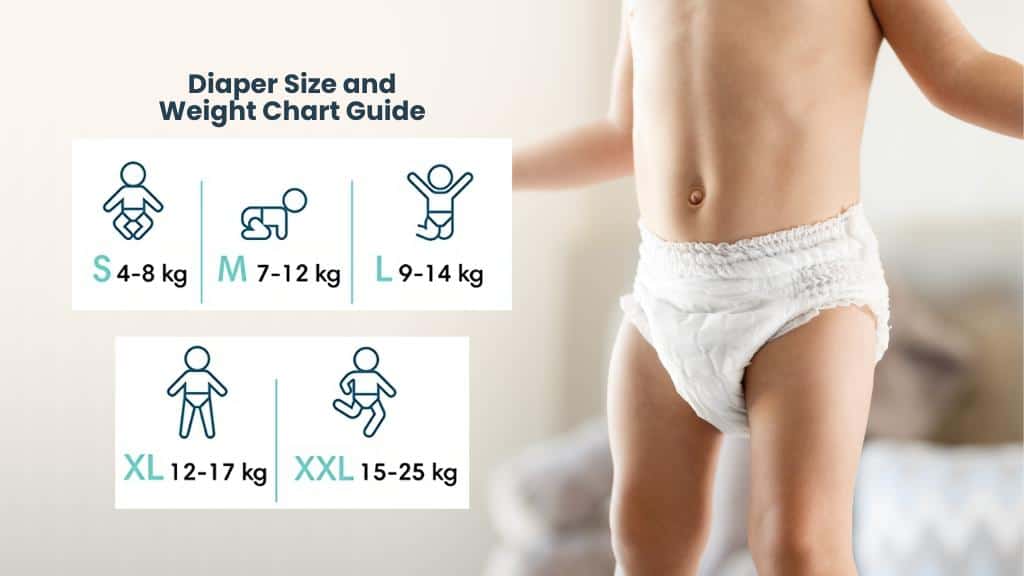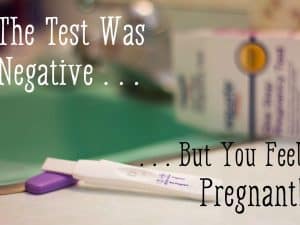
Table of Contents
Are you unsure of the best diaper size for your child? We worked with thousands of newborns and their parents to produce the ideal variety of sizes for every family by capturing close to half a million measurements of diaper fit. Our study has led to the creation of a diaper size and weight chart that will help you choose the ideal diaper for your developing child.
The blog below covers everything you need to know about diaper size, diaper size by weight, and newborn diaper weight – all that, along with a diaper size chart.
A newborn baby may use 10 to 12 dirty diapers a day, which subsequently drops to 6 to 8 throughout the toddler years. Finding the correct diaper size by weight for your child is essential given all of the feces and urine they produce. You most definitely don’t want leaks caused by an excessively loose waistline or tight leg openings!
But sadly for brand-new parents, there is no standard diaper size chart in terms of measurement. Like with clothing and shoes, each infant’s size varies, and it is determined by weight rather than age. Before leaving for the shop, have a look at our diaper size chart for a broad breakdown.
What factors affect diaper sizes?
Priorities first Not by age, but by weight, are diapers sized. The most common size on the market, size 4, is where most newborns will spend most of their diapering days after starting off in the newborn size (which also features a cut-through in the front for the umbilical cord).
Beyond that, because newborns develop at various rates, it is impossible to correctly forecast in advance what size diapers your baby will wear at each age. However, it is reasonable to assume that within the first year, newborns will at least cycle through sizes 1, 2, and 3.
The majority of disposable diaper manufacturers offer sizes, newborn, through 6. Huggies and Pampers both provide a Preemie size for infants weighing under six pounds, while Pampers even offers a size 7 for toddlers weighing more than 41 pounds.
Since babies develop so quickly in the first year, you’ll use up more diapers while they’re younger even if they’ll spend less time overall in the smaller-sized ones. A newborn baby may need 12 diapers every day (360 diapers in the first month! ), but by the end of the first year, that number lowers to 5-8.
Remember: You receive more diapers in each box the smaller the diaper size. When you purchase diaper bundles, the price may be the same, but when you size up, the price per diaper increases.
Selecting the appropriate diaper size by Weight
During their diaper days, your baby will experience a broad range of sizes. Most likely, they’ll start off with “newborn” diapers, which are normally appropriate for infants weighing up to 10 pounds. Premature newborns weighing less than 6 pounds may purchase “Preemie” diapers from Huggies and other producers.
In order to accommodate a baby’s rapid growth, some parents choose a diaper with more flexibility. You could also choose to go for a style that has a U-shaped hole carved out to make it simpler to care for the umbilical cord. Since babies make little messes and are frequently changed, absorbency isn’t a huge problem.
Your baby’s diapering requirements will alter as they get older and become more active. Gradually, they’ll start moving up to bigger sizes; most manufacturers provide diapers in sizes 1 through 6. After introducing solid foods at the age of 5-8 months, finding the perfect fit becomes even more crucial because messier diapers call for less leaking.
Most children use diapers until they are between the ages of two and three. Your child will be active all the time during this period, so search for diapers with sturdy tabs and lots of stretches.
Additionally, be careful to change the diaper often to prevent diaper rash, which can get worse while your child is moving around. Be aware that certain companies, like Pampers, even provide size 7 diapers for children weighing more than 41 lbs.
You can also read: Best Eco-Friendly Cloth Diapers
Baby diaper size chart
This diaper sizing chart can be used as a reference even if sizing varies between various manufacturers. Parents should, of course, test out a variety of brands and designs to see what works best.
Newborn Diaper Size: 10 pounds and under
Size 1: 8 -14 pounds
Size 2: 12-18 pounds
Size 3: 16-28 pounds
Size 4: 22-37 pounds
Size 5: 27-35 pounds
Size 6: 35 pounds and over
Size 7: 41 pounds and over
Some newborn weights overlap between two distinct sizes, as you may have noticed. In this situation, take your baby’s body type into account while choosing diapers. For instance, a baby who is tall and slim may benefit from the smaller size, but a newborn who is heavier may suit better in the bigger size. As your kid develops, it could take some trial and error to choose the ideal nappy size.
Signs that your child requires a larger nappy size
How can you tell whether your child requires a larger nappy size? When one of the following occurs, it’s time to update their fit.
- Frequently, the diaper’s side tabs pop open.
- Leg bands felt constrictive.
- The waistline is constricted; two fingers ought to fit below it.
- Around the nappy, there are red spots or irritations.
- The nappy is challenging to put on.
- The baby’s nappy appears to be too tiny, and/or it doesn’t completely cover the bottom.
- You keep experiencing leakage problems.
- Your infant appears uneasy while wearing a nappy.
Conclusion; the reason why correct size is important
The best things happen when your baby wears the proper nappy size! Your baby will feel more at ease wearing a nappy that fits properly and is the appropriate size, which may also assist avoid leaks and blowouts.






